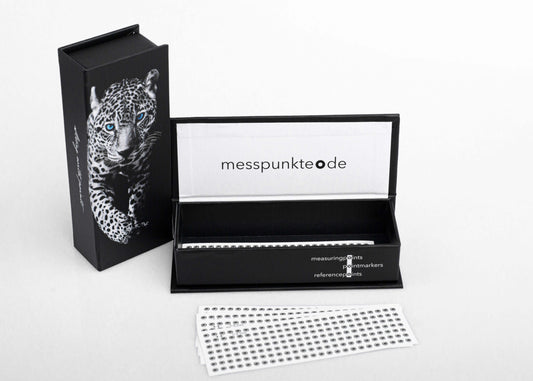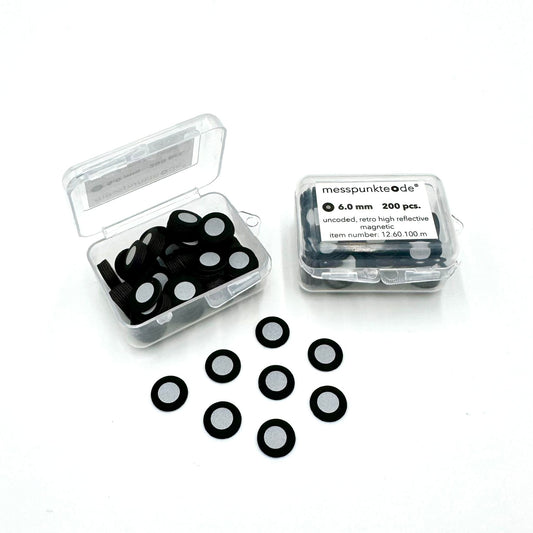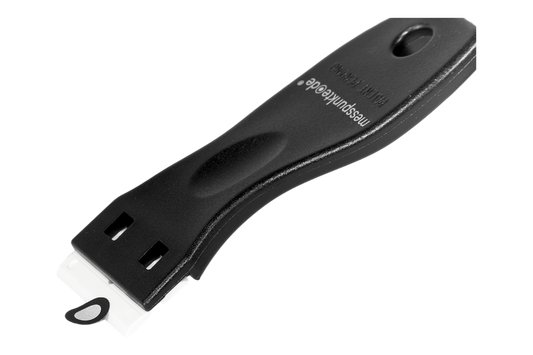
3D scanning black or dark parts
Share
Precision in 3D scanning extends to the realm of black or dark parts, where low contrast poses unique challenges. This guide explores specialized techniques enhanced by the strategic application of 3D scanning spray. Following a meticulous step-by-step approach, we delve into the nuances of achieving accurate scans, offering insights that streamline the process for optimal results.
1. Clean the Part for Prime Scanning: Initiate the 3D scanning process by meticulously cleaning the part, ensuring freedom from moisture, grease, or any lingering residue. Beyond equipment care, this step sets the stage for superior 3D scanning results, promoting accurate data acquisition and minimizing interference during scanning. Before applying the scanning spray, conduct a test on a small sample or part area to determine the optimal amount required and ensure compatibility with different materials.
2. Shake the Can for Optimal Formulation: Vigorously shake the scanning spray can for at least 30 seconds to ensure optimal mixing of the matting agent. Properly mixed spray guarantees consistent results across the surface, laying the foundation for precise 3D scans. Consider environmental factors such as temperature and humidity, conducting tests in varying conditions to understand their impact on sublimation time.
3. Apply Scanning Spray with Precision: Maintain precision during application by keeping a distance of 6 to 10 inches (15 to 25 cm) between the can and the part. Consistent application is crucial for accurate and reliable 3D scans, with a single coat typically sufficient for necessary surface matting. Maintain a consistent distance and speed during spray application to achieve a uniform coating, minimizing the risk of over-application and ensuring even coverage.
4. Allow Matting Film to Form: Exercise patience post-application, allowing the matting film to form over 15 seconds to 1 minute. This even coating acts as the foundation for accurate data capture during subsequent 3D scanning. Ensure proper ventilation to avoid breathing spray chemicals during sublimation. Higher airflow can expedite sublimation.
5. Initiate 3D Scanning Process: Proceed with the 3D scanning process once the matting film has formed. The meticulous preparation ensures precise and high-quality 3D scan data. Regularly calibrate your 3D scanner to maintain accuracy, as changes can impact matting agent effectiveness.
6. Film Self-Sublimates for Seamless Finish: The sublimation time varies based on surface finish and ambient conditions, eliminating the need for additional cleaning steps.
Incorporating these steps into your 3D scanning routine ensures optimal results, providing a streamlined and efficient workflow. Elevate your scanning experience by adhering to these guidelines, unlocking the full potential of your 3D scanning spray for superior results.









